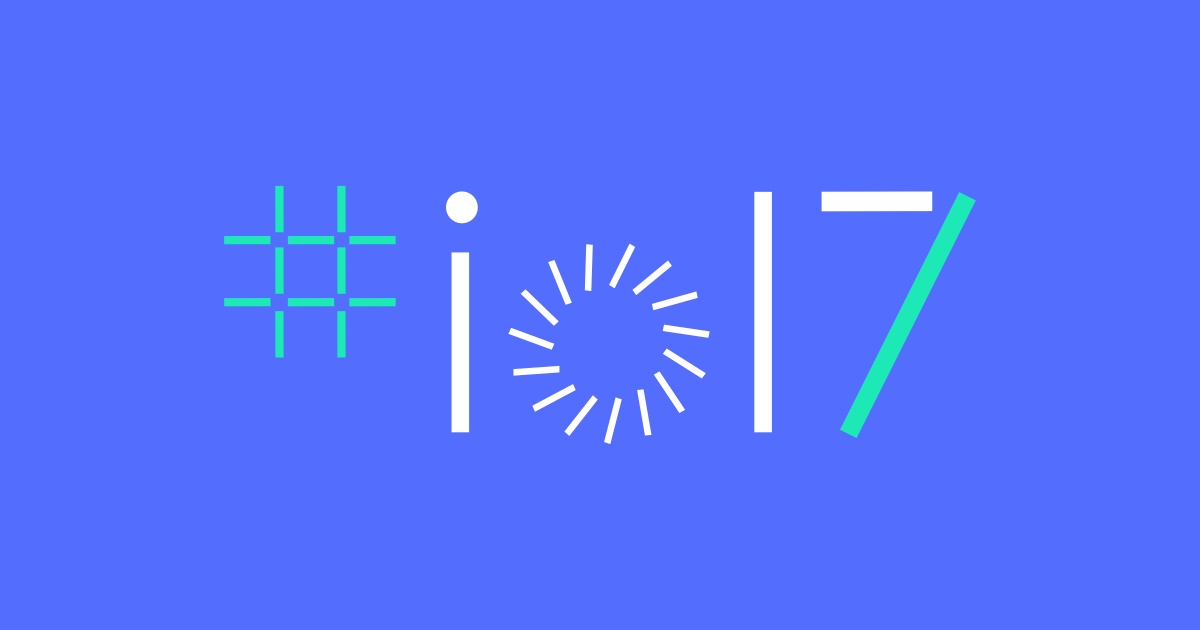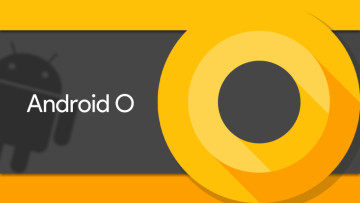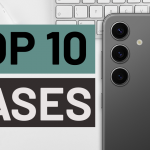Most Important Updates from Google I/O 2017!
Most Important Updates from Google I/O 2017!

At Google I/O the company announced various updates and product’s that can bring about a lot of excitement. The information provided is to help developers and consumers interact with Google products each day. Here we go.
Android O beta is now live

The public beta is now available for Android O! This is the second Developer’s Preview available and you can now download it for your Pixel or Nexus device.
Android updates
Dave Burke, lead Android Engineering announced that Android Wear 2.0 is launching on watches available from 24 of the world’s best watch manufacturers. Google is also bringing in Assistant to Android TV along with a UI overhaul.
A new announcement is Fluid Experiences in Android O which demonstrates picture-in-picture mode in O which is a part of the big effort to push intuitive multitasking setups.
The inclusion of Notification Dots in Android’s notification centers make it smarter giving users the ability to long-press icons to preview details of that app’s alerts.
TensorFlow will help developers work with neural nets to create smarter AI-enabled abilities.
Autofill with Google eliminates a lot of headache when setting up a new phone or tablet bringing your usernames and passwords (Saved through Chrome) into your new device. In O, machine learning automatically learns phrases, names, addresses, and phone numbers.
Google Play Protect is an extension of the Verify Apps protocol. Google scans over 50 billion apps each day to make sure the Play Store is a safe environment.
Google has also enabled Kotlin an officially supported computing language which is a robust language that many developers have been asking for for a good alternative to Java.
Android Go
Android Go is a new platform which is a version of Android that is optimized for low-specced, low-cost devices. a new set of Google Apps are introduced that utilizes less memory and data as well as a version of the Play Store that shows apps that are suitable for Go devices.
Due to the low specs of the devices, data management is important. Google is including a quick settings button for data allowances. Data saver is enabled by default in Chrome and Youtube Go enables users to download Youtube videos via Wi-Fi to watch later on the go.
“Building for Billions” is Googles new initiative that will help developers form best practices in creating apps that target’s emerging markets.
From now on every Android release will also be accompanied by a “Go” version for low-memory phones. The first Android Go devices will be available in 2018.
Virtual Reality, AR, and Daydream
Google announced that LG’s next flagship phone later this year will support Daydream. Samsung’s Galaxy S8 and S8 Plus will also be updated to add Daydream support later this summer via a software update.
On top of this a new kind of Daydream VR is coming. A standalone VR headset with included hardware built specifically for VR. It will contain the latest chipset from Qualcomm and will be built in conjunction with Lenovo and HTC, coming later in the year.
On the augmented reality front, ASUS’s Tango-enabled ZenFone AR will also be launching this summer.
In light of Tango, Google has announced their Visual Positioning Service (VPS) which will help you in finding specific objects in the real world relying on key visual feature points. You may be able to find a specific type of fruit or hardware from a store. AR will also be useful in the class room with the introduction of Expeditions which introduces interactive and educational experiences.
Android exceeds 2 billion active devices
In light of announcements, Android has actually passed 2 billion active devices as of today.
The huge growth rate of Android continues while Android enjoys a 2 billion active device milestone. Google CEO Sundar Pichai has said that “it’s a privelge to serve users at this scale.”
Google Drive has 800 million users, Google Photos has about 500 million with 1.2 billion photos uploaded each day.
Google Lens Introduced
Google Lens is based on a set of vision based computing that have the ability to identify things in the real world via Google’s AI and knowledge graph. It will be made available in Google Assistant and Photos. It can identify specific flowers, finding the Wifi username and password by scanning a sticker and identifying restaurants in the world.
Google Photos
Google is receiving new features that make sharing photos easier. Sharing will be able to help you pick out the best pictures of people and share them. Machine learning is incorporated to recognize people in your photos and offer you the option to share it with that person which is also based on your sharing patterns.
A new Shared Library feature can help you by automating the sharing of photos to specific people. Shared Libraries can notify users of new photos and automatically save them to personal libraries.
A new printing service is available via Google Photo Books which lets you print from your library and creates a Photo Book, available in the US. A softcover book would cost 9.99$ while a hardcover will cost 19.99$.
Google lens will be included in Google Photos which will help identify what’s in your photos.
YouTube
CEO of YouTube, Susan Wojcicki mentioned that viewers watched over 1 billion hours of video content in 2016. They will be rolling out 360-degree video and live 360 video functionality as well. You can use your remote to pan around.
A new YouTube paid promoted message system is getting a creative update called Superchat. The new API will allow Superchats to trigger actions in the new world such as turning the lights on in a creator’s studio. It is an interactive update.
Google for Jobs
Google for Jobs utilizes Google’s AI and neural net to match potential applicants to job openings. 46% of employers have open positions but have trouble finding people to fill them. Google for Jobs is a commitment to help people find work. The Cloud jobs API was announced last year in Novemenber but is being used by FedEx, Carrier, and Johnson & Johnson. There is documented improvements of finding applicants through the API.


